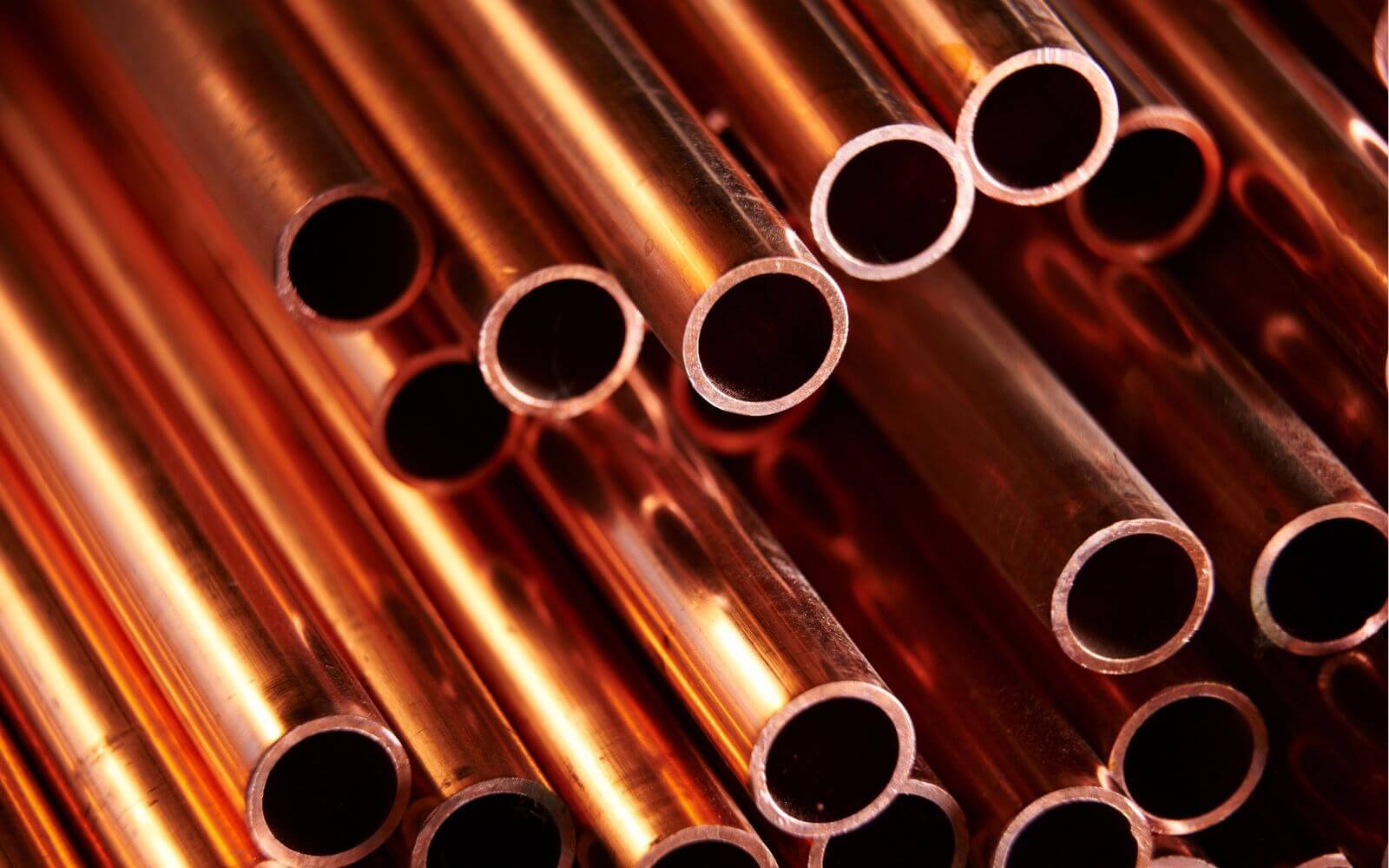
Element of the Month September: Copper
Copper has been with us humans for 10,000 years – from the first swords to the power cables in our smartphones. Even Ötzi had a copper axe with him.
Copper (lat. Cuprum) is one of the chemical elements with the symbol Cu and atomic number 29. The element owes its Latin name to the island of Cyprus, where it was extracted in ancient times. At that time it was called aes cyprium – “ore from the island of Cyprus”.
Copper is known for its ability to conduct heat and electricity. In addition, it is also used as a coin metal.
Along with gold, silver and tin, copper is one of the first metals that people got to know and use. In alchemy, copper stood for Venus/femininity and the first mirrors were made of copper. The Roman Empire was considered the largest pre-industrial copper producer. Later, the soft copper was alloyed with tin and lead to form resistant bronze.
Copper: widely used in the electrical and construction industries
More than half of copper production is processed into cables and wires for the electrical industry. Copper also plays a major role in the construction industry. Typical application examples are conductor tracks, coils and generators. Roofs made of copper sheet are also popular. They have a particularly long service life and are very weather-resistant. The reason for this is a greenish patina that forms on the roofs. It consists of basic copper hydroxides or copper carbonates. This layer protects the metal from corrosion.
Copper also has a germ-inhibiting effect and is therefore often used for the production of drinking water pipes. Copper kettles and pipes can also be found in breweries and distilleries. Enameled copper is often made into jewelry.
Copper as an essential trace element
Copper plays an essential role as a trace element for the human body. The human organism cannot produce copper itself and is dependent on ingestion through food. However, we are adequately supplied with food, drinking water and even breathing air.
Copper controls the functioning of enzymes in almost all organs. Among other things, it ensures that bones, ligaments, tendons and muscles remain elastic and stable. It regulates hormone balance and nerve functions, has effects on sleep, well-being, heart rate and blood pressure. It has an influence on blood formation, neutralizes free radicals and controls the formation of immune cells.
We recommend the following products:
Copper II acetate monohydrate
Copper-II-carbonate basic
Copper II citrate
Copper II chloride dihydrate
Copper II nitrate trihydrate
Copper II oxide
Copper II sulphate





 4c media
4c media